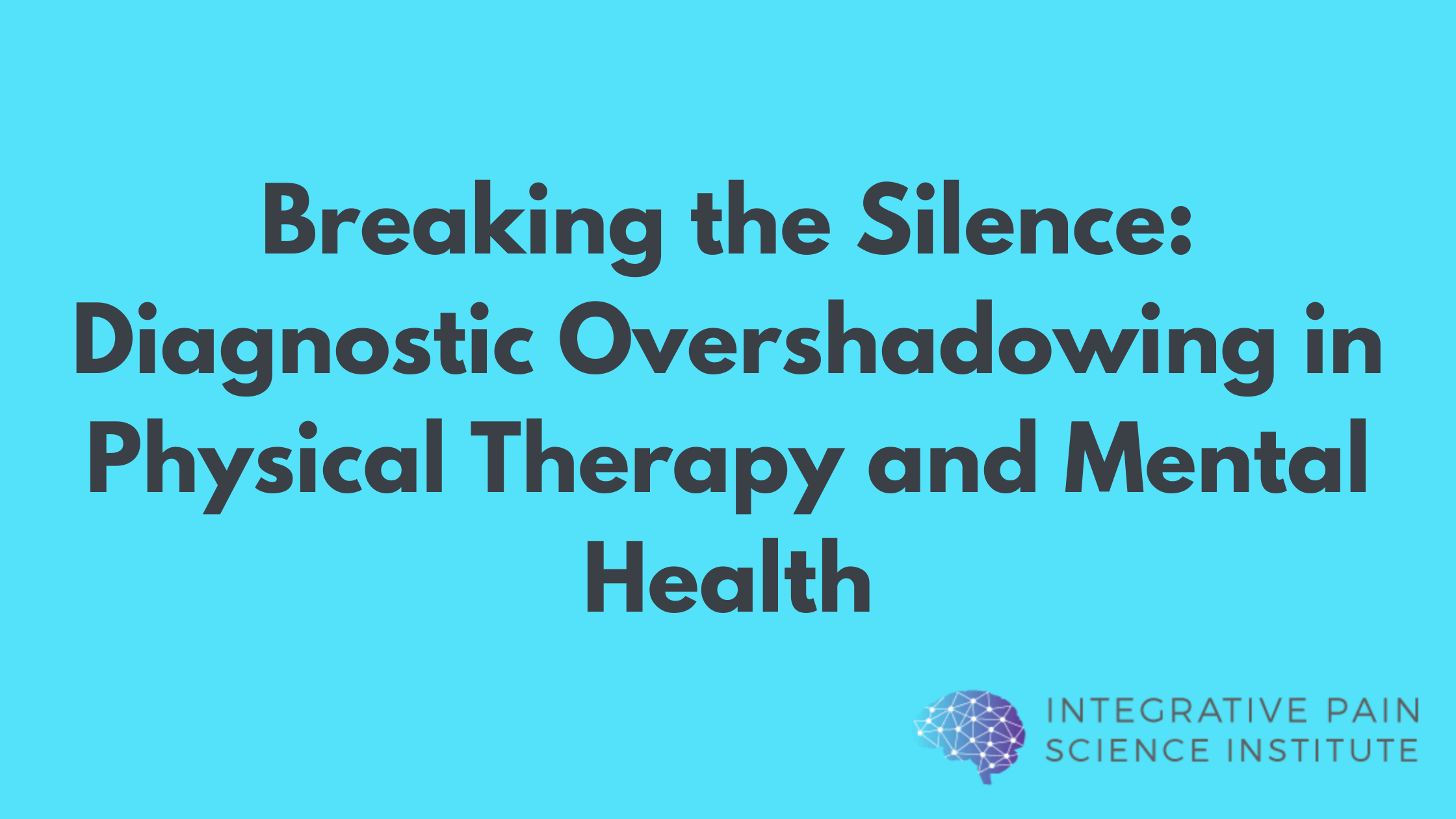Even one dose can lead to heightened pain sensitivity.
If you suffer from chronic pain, you may have the option of an opioid prescription; you may even have one already. While most users are familiar with the idea of tolerance over time, there is a new concern to be aware of.
Opioid-Induced Hyperalgesia (OIH)
Opioid-induced hyperalgesia, or OIH, describes a condition where opioids suddenly increase a user’s sensitivity to pain. Because this symptom parallels those of tolerance development, it has remained largely unstudied. And while tolerance can be addressed by raising the dosage, this treatment only worsens the pain caused by OIH. (1)
Tolerance develops with chronic use and correlates with the dose a user is receiving. However, OIH involves different mechanisms entirely. A patient suffering from OIH may experience pain in new areas and can experience this pain after only one dose.
The direct cause of OIH is unclear, but there are five possible mechanisms (which may interact in a single individual):
- Activation of the glutamatergic system
Glutamate is the primary excitatory neurotransmitter of the human nervous system. Its receptors are pervasive throughout the central nervous system, and disruption in its concentrations can have major effects. (2)
- Increased concentrations of spinal dynorphins
Enhanced expression of spinal dynorphin is associated with heightened sensitivity to pain and has been shown to co-occur with opioid use. (3)
- Changes in neuroplasticity
Specifically, the structure of the rostroventral medulla can be altered. This area is responsible for receiving pain signals, and for communicating with spinal cord neurons. (4)
- Activation of prostaglandins and cytokines
Prostaglandins and cytokines are involved in the immune response to pain and are able to enhance and reduce inflammation using communication with the spinal cord. (5)
- Genetic mechanisms
Individual genetic differences can account for varied reactions among patients.
Any number of these causes can occur in a single individual to produce OIH, and as they are separate from the mechanisms of tolerance development, users cannot prevent the possibility of OIH.
The majority of treatment options for OIH involve adding new drugs to a patient’s regimen, often trying several different chemicals until finding which best modulates the pain. The most efficient way to relieve the symptoms is to taper off the opioid regimen altogether and find alternate methods of eradicating the pain.
This process is especially tricky when considering that withdrawal from opioids can cause symptoms like enhanced pain sensitivity. A gradual reduction in dosage can be time-consuming as well. Due to the lack of knowledge on OIH and its treatment, as well as the known complications of opioid use, individuals suffering from chronic pain may want to try other options before beginning an opioid regimen.
Alternative Options for Treating Pain
- Physical therapy
Physical therapy and the various modalities used by a doctor of physical therapy has been shown to improve chronic pain symptoms better than placebos and pain medication. Physical therapy is the first-line treatment for those with musculoskeletal, neuromuscular, obesity and other inflammatory conditions causing pain and movement challenges.
- Exercise
Aside from the initial muscle soreness, patients have found relief from long-term pain in as little as three weeks with an exercise program.
- Nutrition
As depression and chronic pain often interact, changes in diet can alleviate symptoms in some individuals. This begins with moving patients away from an inflammatory standard American diet toward a whole foods anti-inflammatory diet.
- Brain Retraining
Neuroplastic changes in the brain require interventions aimed at retiring pathways that have become over-sensitized. This may include cognitive behavioral therapy, acceptance and commitment therapy or graded motor imagery for retraining central sensitization.
Opioids can be helpful for some, but with the growing list of side effects and lack of research on addressing them, those suffering from chronic pain deserve to be aware other options. There are many factors to be considered, and if a user can find relief without using medication, they may be better off.
More can be read on alternative options in an article from last week on the opioid epidemic.
Hey, please share this article!
Let’s help the millions of people who struggle with chronic pain overcome it naturally without addiction to meds!
In health,
Dr. Joe Tatta, DPT, CCN
References
- Marion Lee, M. D., et al. “A comprehensive review of opioid-induced hyperalgesia.” Pain physician 14 (2011): 145-161.
- Institute of Medicine (US) Forum on Neuroscience and Nervous System Disorders. Glutamate-Related Biomarkers in Drug Development for Disorders of the Nervous System: Workshop Summary. Washington (DC): National Academies Press (US); 2011. 2, Overview of the Glutamatergic System.
- Gardell LR, Burgess SE, Dogrul A, Ossipov MH, Malan TP, Lai J, Porreca F.: Pronociceptive effects of spinal dynorphin promote cannabinoid-induced pain and antinociceptive tolerance. Pain. 2002 Jul;98(1-2):79-88. PubMed PMID: 12098619.
- Urban, M.O. (July 1999). “Supraspinal contributions to hyperalgesia”. PNAS 96 (14): 7687–7692. doi:10.1073/pnas.96.14.7687. PMID 17831256.
- Zhang, J.-M., & An, J. (2007). Cytokines, Inflammation and Pain. International Anesthesiology Clinics, 45(2), 27–37. http://doi.org/10.1097/AIA.0b013e318034194e



